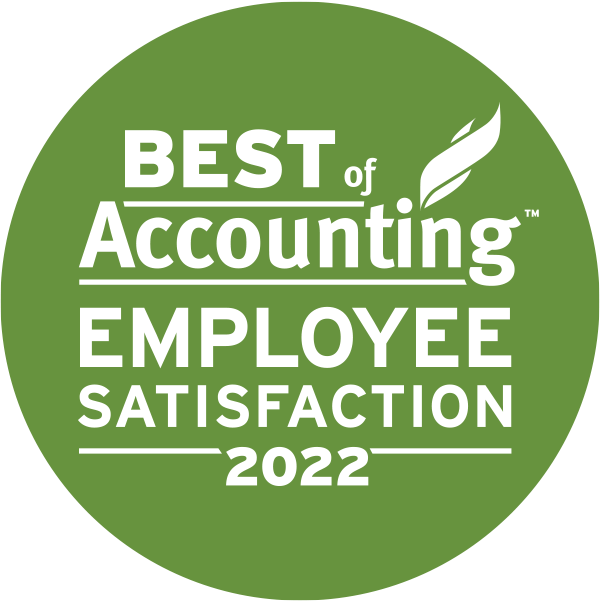The pandemic has caused a vast number of Canadians to work from home during 2020. As a result, the Canada Revenue Agency (CRA) has released new guidelines for claiming home office expenses on their 2020 personal tax return. Here is what you need to know on how to claim your home office expenses.
For the 2020 tax year, the CRA has announced two methods for claiming office expenses: the new temporary flat-rate method and the detailed method.
Temporary flat-rate method to claim home office expenses
You will be permitted to use this method if you worked from home for at least four consecutive weeks during 2020. You can claim $2 for each day you worked from home during 2020, up to a maximum of $400 ( i.e., $2/day for up to 200 working days) per individual.
Eligibility:
- You worked more than 50% of the time from home for at least four consecutive weeks;
- You are not claiming any other employment expenses;
- You must have paid home office expenses to be eligible:
- Your employer did not reimburse you for all your home office expenses.
Days that do not count towards the home office credit calculation are days off, vacation days, sick days, and other leave or absence.
The advantages of the temporary flat-method are you do not have to track and keep any supporting documentation for your expenses. You do not have to allocate the costs between personal and employment use, and you do not need a signed T2200S from your employer.
Something to note is that if more than one individual is working from the family home, each one can use the temporary flat-rate method to calculate their home office deduction and can each claim up to $400 on their individual tax return.
Detailed Method to claim home office expenses
To use the detailed method, you must meet all the following criteria:
- You worked from home in 2020 due to the pandemic or your employer required you to work from home;
- You worked from home more than 50% of the time for at least four consecutive weeks;
- You have a completed and signed Form T2200S or Form T2200 from your employer;
- The expenses being claimed must have been used directly in your work during the period.
The detailed method will require you to determine the percentage of your home used to work from home. The size of the home includes all finished areas, including halls and baths. The size of the work from home space must be reasonable. If you do not have a designated workspace that you use 100% of the time for work, you will also need to determine the percentage of time your work from home space was used for work versus personal use (number of hours used for work/total hours available).
Like the temporary flat-method, if more than one individual is working from the family home, each calculates and claims their use of the workspace.
Eligible home office expenses
A list of eligible expenses you can claim under the detailed method can be found on the Government of Canada website.
Which method should you use?
The $2 per day may seem like a small amount to claim, but it may be more generous and more straightforward than using the actual pro-rated expenses.
Example 1:
Willam worked 40 hours a week for 20 weeks from his dining room table. He incurred $1,200 for electricity, heat, and water for the 20 weeks. His dining room is 120 sq. ft. and his home is 1000 sq. ft.
Detailed Method
- (Size of workspace/Finished area of the home) X (number of hours worked/total time) X expenses
- (120 sq ft/100 sq ft) X ((40/week X 20 weeks)/(168 hours /week x 20 weeks)) X $1200 = $34.29
Temporary Flat-Rate Method
- $2 X 5 days a week X 20 weeks = $200
In this example, William would be better off using the temporary flat-rate method with no need to track receipts or obtain a signed T2200 from his employer.
Example 2:
Willam worked 40 hours a week for 20 weeks from his spare bedroom, which is 25% of his apartment’s total square footage. He incurred $1,200 for electricity, heat, and water for the 20 weeks, $2500 monthly for rent, or $12,500 for the 20 weeks. As he used the space room exclusively for working from home, his claim does not need to be reduced by the time used for personal use. His deduction under the detailed method would be $3,425 (i.e $13,700 X 25%). In this example, William would be better off using the detailed method and obtaining a signed T2200 from his employer.
In general, the flat rate method will likely provide a higher credit as you can see in the example above. The one scenario where the detailed method might provide a higher credit is if you are renting your home or apartment. Typically rent is a large expense and depending on the size of your home office, this might make the credit higher than the flat-rate method, however, you would be required to keep all receipts for your home office expenses should CRA ever ask for them.
The CRA has created an online calculator to assist you in calculating your 2020 home office expense deduction.
If you have any questions on claiming home office expenses, please reach out to your McCay Duff advisor.
Contact Us




